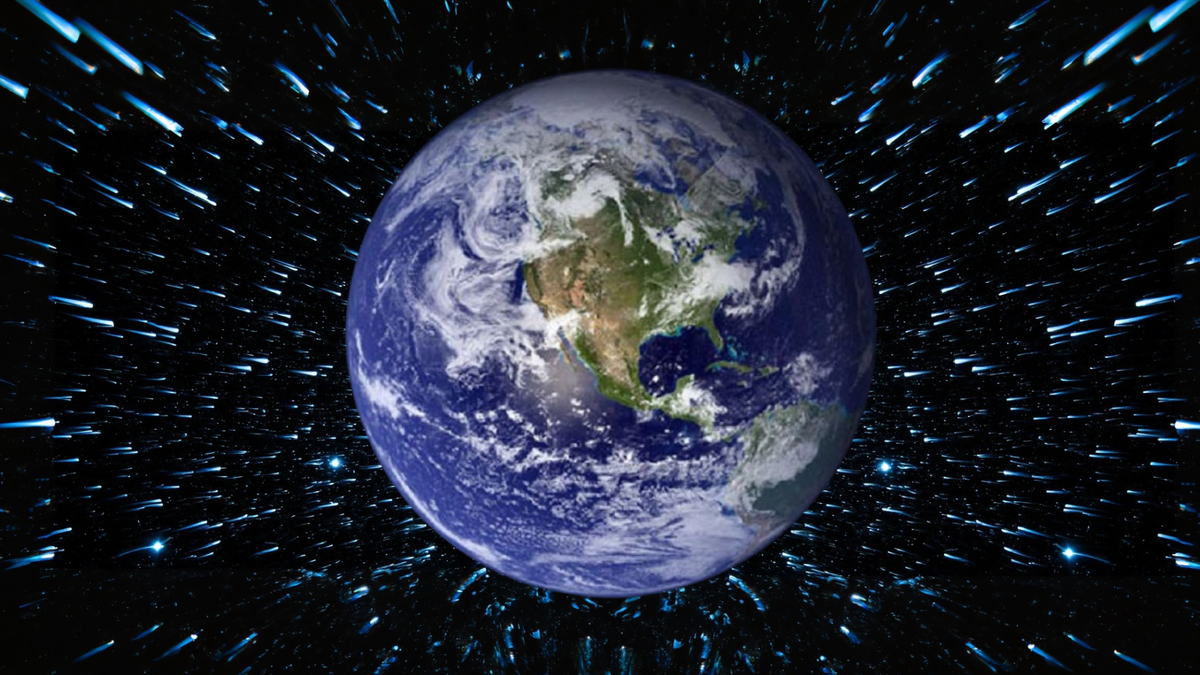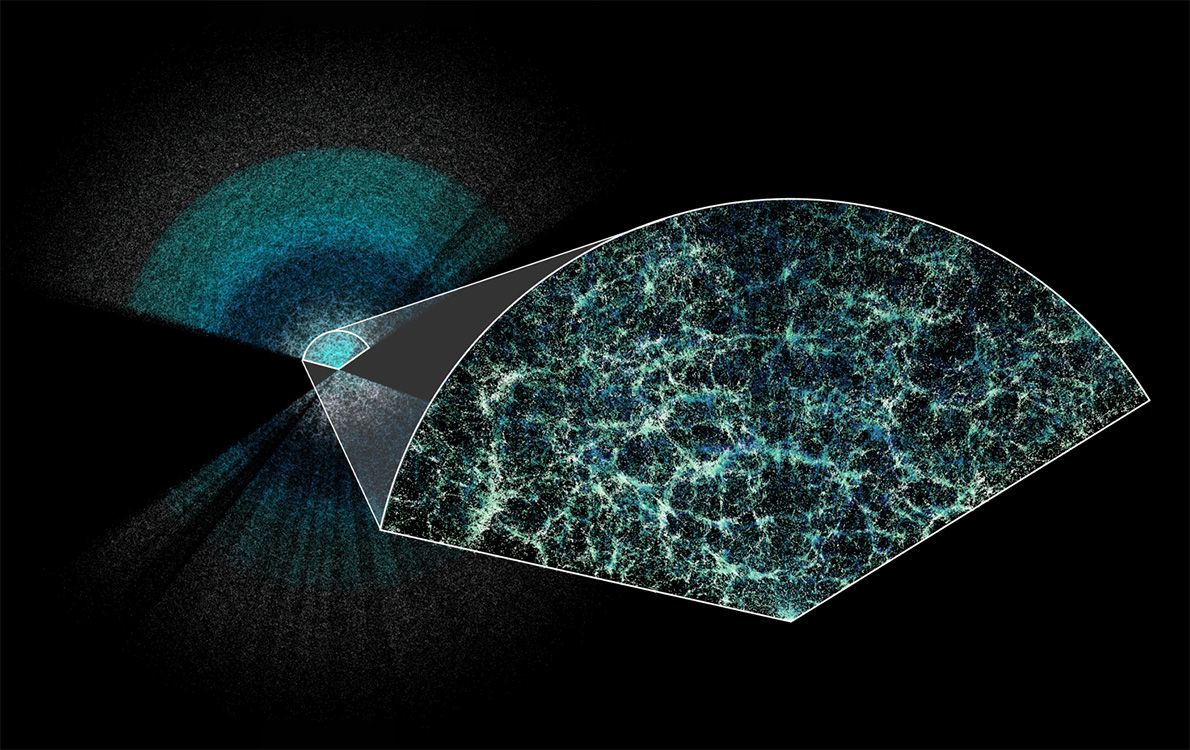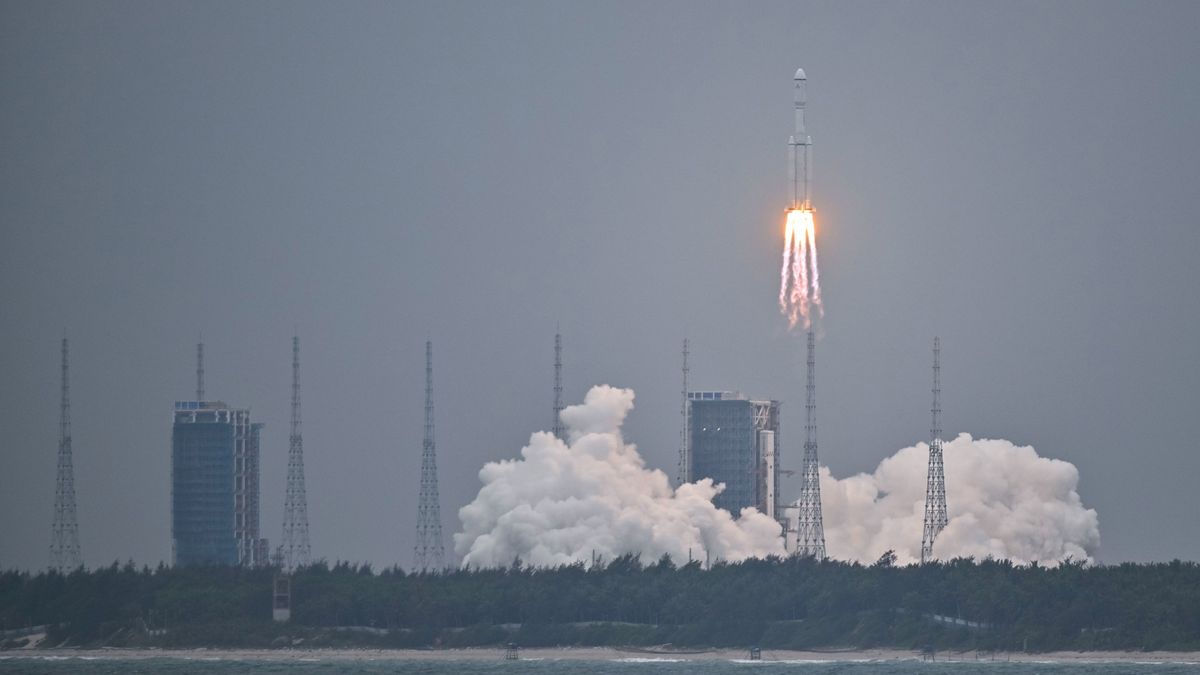Cosmic Ray Impact on Earth’s Magnetosphere
Earth is constantly bombarded by high-energy charged particles known as cosmic rays. Typically, these cosmic rays are shielded by Earth’s magnetosphere, a protective magnetic bubble surrounding our planet. However, what occurs when this shield weakens?
Cosmic rays consist primarily of hydrogen nuclei expelled into space by powerful celestial events, like the supernova deaths of massive stars. These energetic particles are usually intercepted by the magnetosphere, which also serves as a defense against the harsh solar radiation emitted by the sun.
The magnetosphere isn’t a static structure. Magnetic north experiences slight deviations from geographic true north, and the entire magnetosphere undergoes occasional “flips.” These flips involve the north pole of the magnetic field switching to the south pole and vice versa, leading to a decrease in field intensity.
The Vulnerability of Earth’s Biosphere
During certain periods, both magnetic poles of the magnetosphere vanish, giving way to numerous magnetic poles. These phases, known as “magnetic field excursions,” also witness a decline in the strength of magnetic poles, implying reduced protection from cosmic rays for our planet.
One crucial question arises: do periods of low magnetosphere intensity correspond to significant disruptions in Earth’s biosphere, the entirety of Earth’s habitable zones ranging from mountain peaks to ocean depths?
“Understanding these extreme events holds significance for future occurrences, predictions related to space climate, and assessments of environmental impacts and Earth system effects,” remarked Sanja Panovska, a scientist at GFZ Potsdam, Germany.
Insights Through Isotope Measurements
To identify periods when Earth faced heightened cosmic ray bombardment, scientists analyze the abundance of different isotopes. Isotopes, variations of an element with varying neutron numbers in atomic nuclei, are created when cosmic rays interact with Earth’s atmosphere, generating “cosmogenic radionuclides.”
These radionuclides settle over time in sediment layers, providing valuable information when recovered from sea bed deposits or ice cores extracted from regions like Antarctica and Greenland.
One well-documented magnetic field excursion is the Laschamps excursion approximately 41,000 years ago. Panovska specifically studied the correlation between Earth’s magnetosphere intensity and the concentration of cosmogenic radionuclide beryllium-10 during this event.
Her research indicated that the production rate of beryllium-10 saw a twofold increase compared to present-day cosmic ray bombardment rates, signifying a weakened magnetosphere during the Laschamps excursion. This led to a substantial influx of cosmic rays into Earth’s atmosphere, generating showers of secondary particles.
By utilizing these findings, Panovska reconstructed the configuration of Earth’s magnetosphere during this historical event, discovering a shrinkage when its intensity declined. This endeavor aims to provide enhanced insights into cosmogenic radionuclide impacts and cosmic ray interactions.
At the recent European Geosciences Union (EGU) General Assembly 2024, Panovska shared her cosmic ray research findings, shedding light on the complex relationship between Earth’s magnetosphere and cosmic phenomena.
Image/Photo credit: source url





